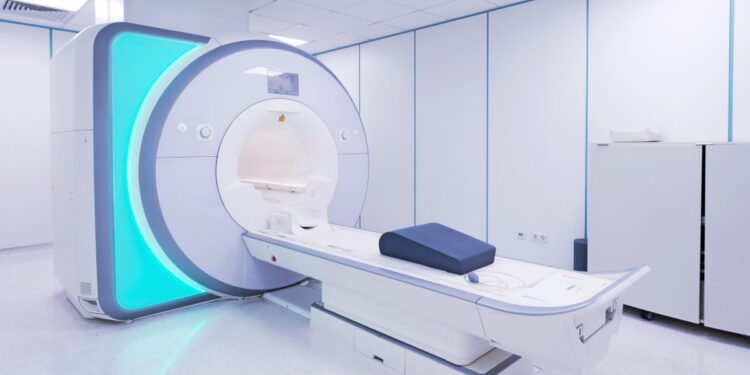Moving a massive MRI machine or CT scanner across town sounds like an impossible task, right? You might wonder how hospitals transport medical imaging machinery without breaking these million-dollar devices. The process involves careful planning, specialized equipment, and experienced professionals who treat each piece of machinery like the precision instrument it is.
Planning Makes Perfect
Before any medical imaging equipment leaves its current location, teams spend weeks preparing for the move. They measure doorways, hallways, and elevators to ensure the machinery fits through every passage. Weight becomes a major consideration since some MRI machines tip the scales at over 10,000 pounds.
Route planning takes center stage during preparation. Teams scout the entire journey, looking for low bridges, narrow streets, or construction zones that could complicate the move. They coordinate with local authorities when necessary, especially for oversized loads that require special permits or police escorts.
The Moving Day Process
Transportation day brings about specialized equipment designed specifically for heavy machinery. Professional movers use hydraulic cranes, air-ride trucks, and custom-built crates that protect sensitive components during transit. These aren’t your average moving trucks—they’re engineered to handle delicate, expensive equipment.
Securing the machinery requires precision and expertise. Teams use heavy-duty straps, custom braces, and shock-absorbing materials to prevent any movement during transport. Before loading begins, technicians verify machinery is ready for relocation by disconnecting all utilities, removing loose components, and ensuring protective covers shield sensitive areas.
The actual loading process moves at a deliberate pace. Rushing could damage equipment worth hundreds of thousands of dollars, so crews take their time positioning everything correctly.
Safety Comes First
Trained professionals handle every aspect of medical imaging equipment transportation. These specialists understand the unique requirements of different machines and know how even minor impacts can affect calibration and performance.
Regulatory compliance adds another layer of complexity. Transportation companies must follow specific guidelines for moving medical equipment, including proper documentation, insurance coverage, and safety protocols. Some equipment contains radioactive materials or magnets that require special handling procedures.
Insurance coverage protects both the hospital and transportation company. Comprehensive policies cover potential damage during loading, transit, and unloading, giving everyone peace of mind throughout the process.
Successfully Moving Medical Marvels
Understanding how hospitals transport medical imaging machinery reveals the intricate dance between technology, logistics, and human expertise. Every successful move requires months of preparation, specialized equipment, and professionals who respect the critical role this machinery plays in healthcare.
Next time you see a massive truck carrying what looks like a space-age device, you’ll know the incredible effort that goes into safely relocating these medical marvels. The process protects not just expensive equipment, but also ensures patients continue receiving the diagnostic care they need.















